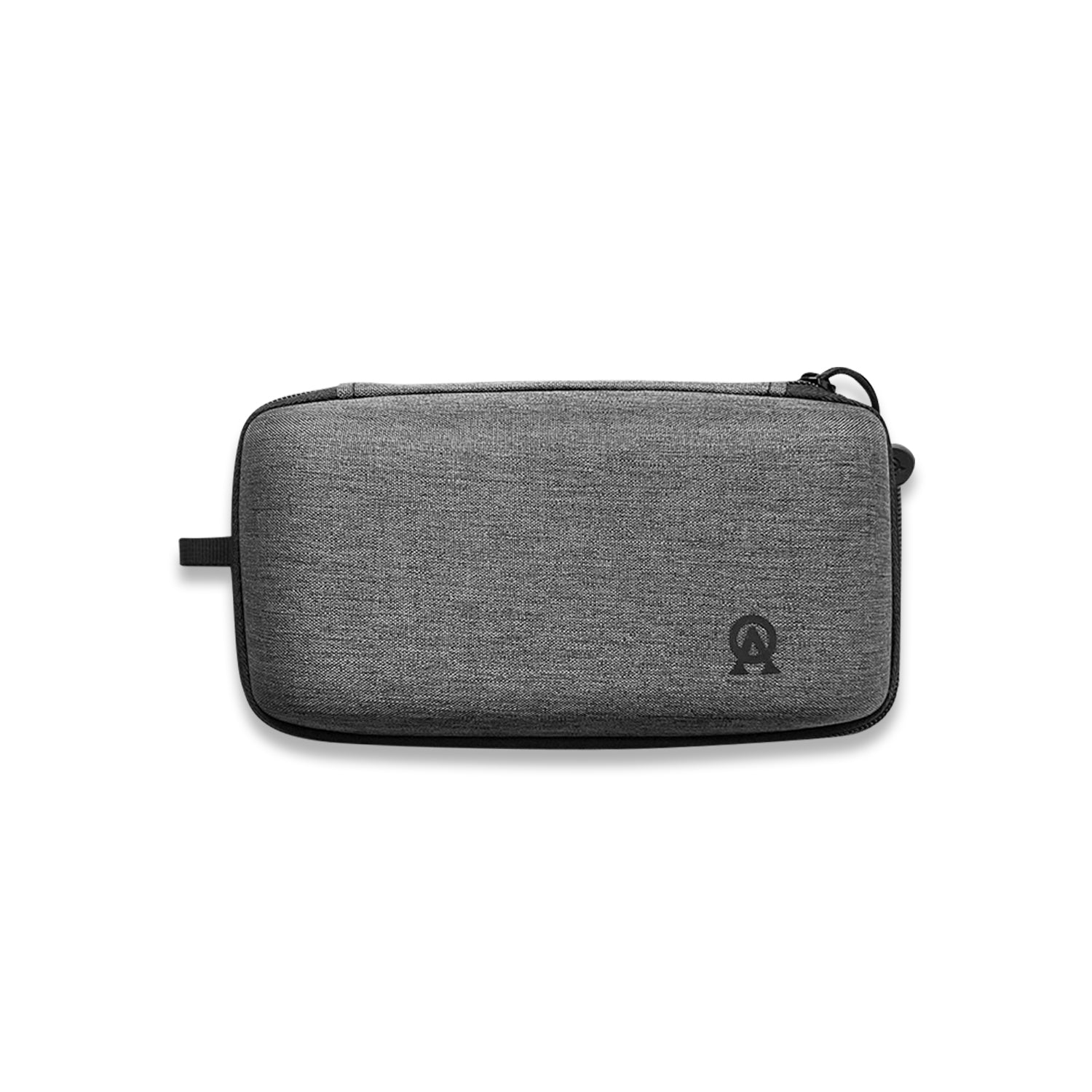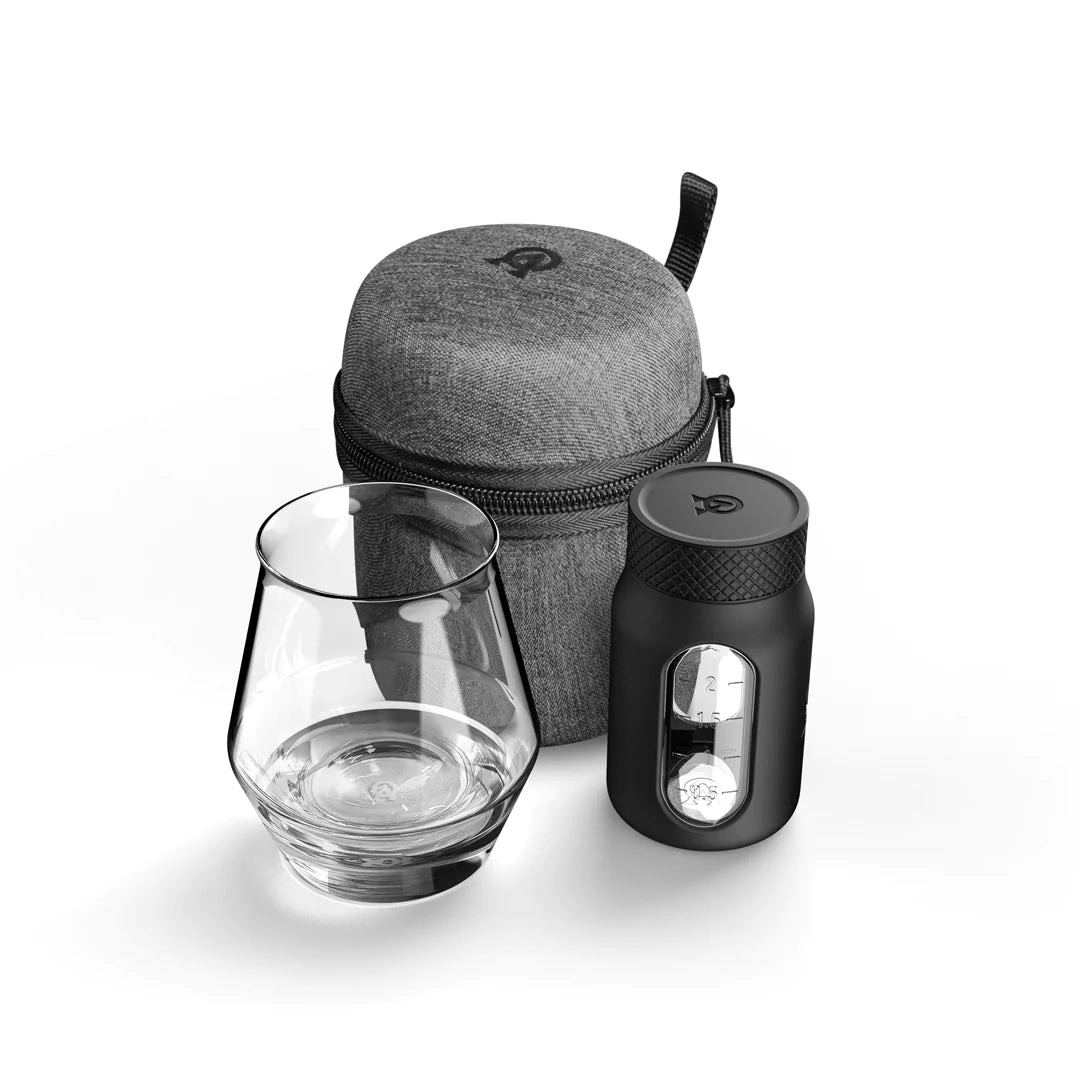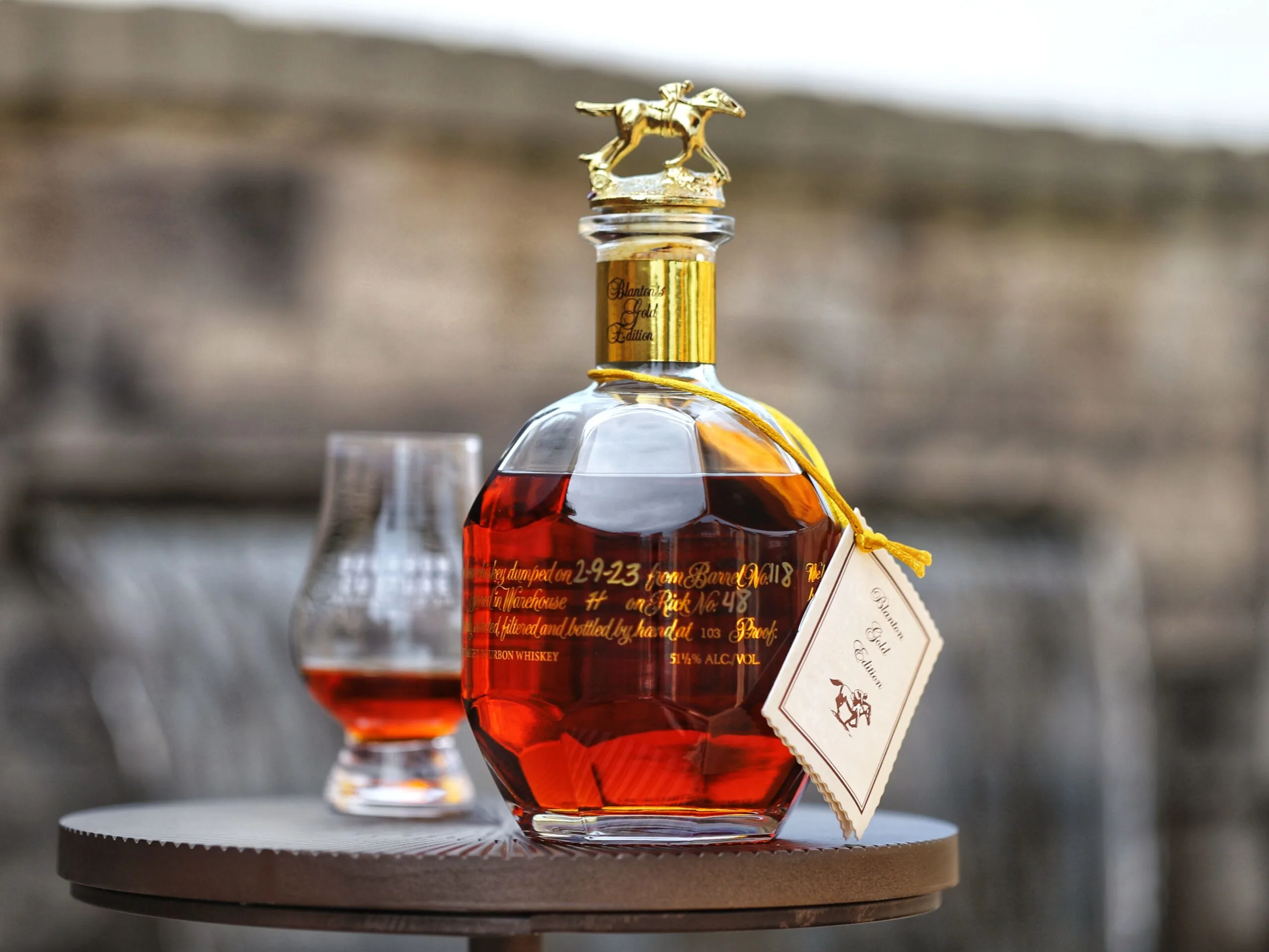| Don't like ads? | No ads |
The following review is the third and final part in the series exploring the Takara versions of Blanton’s Single Barrel Bourbon. If you’d like to read them chronologically, here are links to Takara Black and Takara Red.
It’s no secret that Japan single-handedly saved many bourbon producers throughout the darkest years of bourbon history – the 1980’s and 1990’s. While bourbon sales were dropping everywhere, Japan was seeing steady growth. As a reward, producers in the US were quick to export some of their best products overseas. But the Japanese culture trends towards the obsessive when it comes to the quality of their food and drink. What else would you expect from a country known for Aomori apples, Kobe Beef or Kaiseki?
This is the same approach many Japanese take to their whiskies. Sure, there are still lower-quality bourbons being sold on the shelves of stores all around Japan, but Japanese consumers crave old age statements and hand-picked single barrels. Thankfully, Kentucky distilleries had plenty to choose from.
Takara Gold is born
The earliest records I can find of a Japanese-market Takara Gold Single Barrel is 1992 (although one internet user claims he has one from 1987). This was roughly two years after Takara Red was introduced and 8 years after Elmer T. Lee created Blanton’s. Making a higher-proofed version of an existing product wasn’t always standard operating procedure for distilleries at this time, which may explain why Takara Gold took a little bit longer to get to market.
As an aside, Blanton’s Straight From The Barrel (SFTB) would take even longer to first come out – 10 years after Takara Gold to be exact (2002). And since we’re on the subject, did you know there is no such thing as a true Blanton’s Takara SFTB bottling?
Moving on, the Takara version of Blanton’s Gold is different from standard Blanton’s Gold version in a number of ways. I’ll outline them below:
Box – One of the more obvious outward signs is that the Takara Gold box is completely gold. Even the material of the box is different and seems to be made from a woven paper. It’s even more noticeable than the Takara Red box.

Bag – A bottle of domestic or standard Blanton’s Gold does not come with a bag. The Takara version has one and it’s a bright red color. Just like Takara Red, there is no “Blanton’s” wording embroidered on it.
Necktag – the domestic version and standard Blanton’s Gold version does not have a necktag. The Takara version has a large tag that is a essentially a multi-page pamphlet retelling much of the same information as the outside of the box.
Wax – Takara Gold wax is maroon in color while the domestic version is a very dark brown (almost black) like the standard 93 proof release.

Label – the Takara Gold label has an entirely different neck wrapper from the domestic/standard release. It has a significant amount of Japanese characters on it whereas the other version has nothing on it.

The script that is on the outside of the bottle has mild differences such as the ABV Percentage. The Takara Gold label lists the ABV as “51 1/2% ABV” compared to the regular bottling using “51.5% ABV.” The Takara version even has an extra line of all-caps script at the bottom of the bottle that says KENTUCKY STRAIGHT BOURBON WHISKEY. This is missing from the standard version.
Takara Gold – How is it different?
As I covered in my previous reviews of Takara Black and Red, there seems to be competing theories about if Takara versions are actually two years older than standard domestic and regularly labeled versions. If you didn’t already read my thoughts about this matter, I personally stand with this not being true with modern day releases (2014+). Was it true in the past? I would say there’s a strong chance it was. But Blanton’s is already allocated enough as it is and Warehouse H can only fit so many barrels into it, so I don’t see how it’s still possible.

But in order to truly find out, I’m going to taste this side-by-side with a modern, standard Gold release and see for myself. No, this will not be a side-by-side review, I’m just looking for anything that would hint to it being older (probably through more oak tannins?). I know they’re both single barrels, but extra age should shine through regardless. So come with me as I experience this for myself. I sampled these neat in a glencairn.
Tasting Notes
Nose: A terrific nose of melted Rolos, cherries, cinnamon dust and buttercream frosting. I even find a fair bit of seasoned oak. While nosing this doesn’t reveal any surprises when it comes to a Blanton’s product, the intensity and well-rounded profile is a grade above most bottles with similar proof and age.
Palate: The dual flavors of caramel and vanilla remind me of a Cow Tail (anyone remember those?). I don’t have to dig too hard to find oak and conditioned leather – a nice combination of tannins that shows its age a little bit more. What’s interesting are the rye-forward notes that comes forward like licorice, fennel and cinnamon. Some of you will point out that it makes sense to find these because this is a high-rye mash bill, but I’ve had very few Buffalo Trace products that really come off that way.
Fruits come courtesy of cooked apples, cherries and orange marmalade. The mouthfeel is oily too. This is a well put together dram and I’m really enjoying it.
Finish: The finish is a little bit more plain. It’s sweet, oaky and a nice bit of vanilla. Cherry is still present but the orange and apples have left. This is really the perfect finish in terms of duration and flavors.
Score: 8.1/10
Looking back at my review for Blanton’s Takara Red, I didn’t find much difference between it and its domestic counterpart. The same could be said for Takara Gold. I don’t think there is any age difference between the two. But the one thing I started to pick up on is a profile that showed more of its rye component. I know a few people who have been on Blanton’s single barrel picks recently and they said the barrels they chose from were Buffalo Trace Mash Bill #1. Could it be that Mash Bill #2 is only used for export version of Blanton’s then? Maybe this should be investigated further.

Final Thoughts
I’m having some buyer’s remorse knowing that I paid full secondary price for this bottle (and the Takara Red) and finding nothing special about it. Blanton’s Gold is always a great pour, but not at $400. Is it a nice looking shelf piece? Absolutely. But aesthetics are subjective and there are many great pours for the same price. In fact, if you want a recommendation that’s not Blanton’s Straight From The Barrel, I would recommend EH Taylor Barrel Proof. The secondary price keeps dropping (It was $550 a couple years ago and is now around $450). The flavor is similar and it has some great butterscotch notes to boot.
At the end of the day, this bottle is really only for those who want to decorate their shelf and have something interesting to talk about. But take away the box and bag and open the bottle and it looks just like a regular Blanton’s Gold bottle – except you paid almost twice as much money. And if that still doesn’t deter you from seeking this one out, then I hope it’s everything you want it to be when you do end up buying one.
Featured Products
- Neat Traveler

- View Larger
- Description:The Aged & Ore Neat Traveler is a complete travel kit for spirits. We combined our widely praised Neat Glass with one of our 3oz Flight Bottles and housed them together in a custom EVA travel case. Perfect for a night away with your favorite pour. The tie
- Bottle Flight

- View Larger
- Description:The Aged & Ore Bottle Flight is a premium set of 4 custom silicone wrapped glass bottles designed to transport and share samples of your favorite spirits. The flight bottles come in a custom EVA travel case that fits perfectly in any small bag. An Aged &
- Travel Bundle

- View Larger
- Description:This Bundle combines two of our crowd favorite products, creating the ultimate travel bundle to bring along your favorite spirits and glassware. Bundle Includes: Neat Traveler (Gray) Bottle Flight (Gray) Note: This bundle is only available in gray and col
*Bourbon Culture is reader-supported. When you buy through links on our site, we may earn an affiliate commission.

